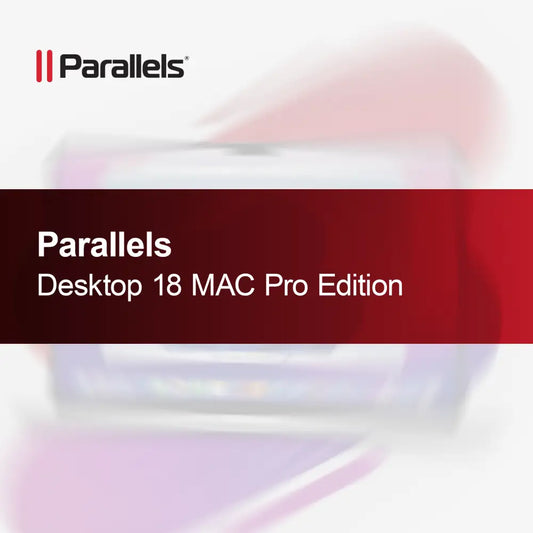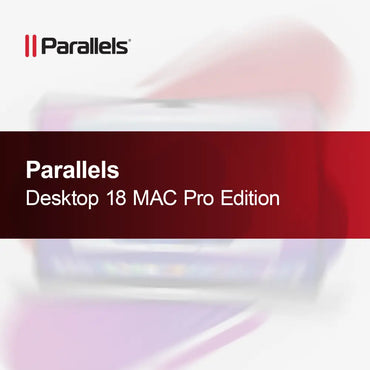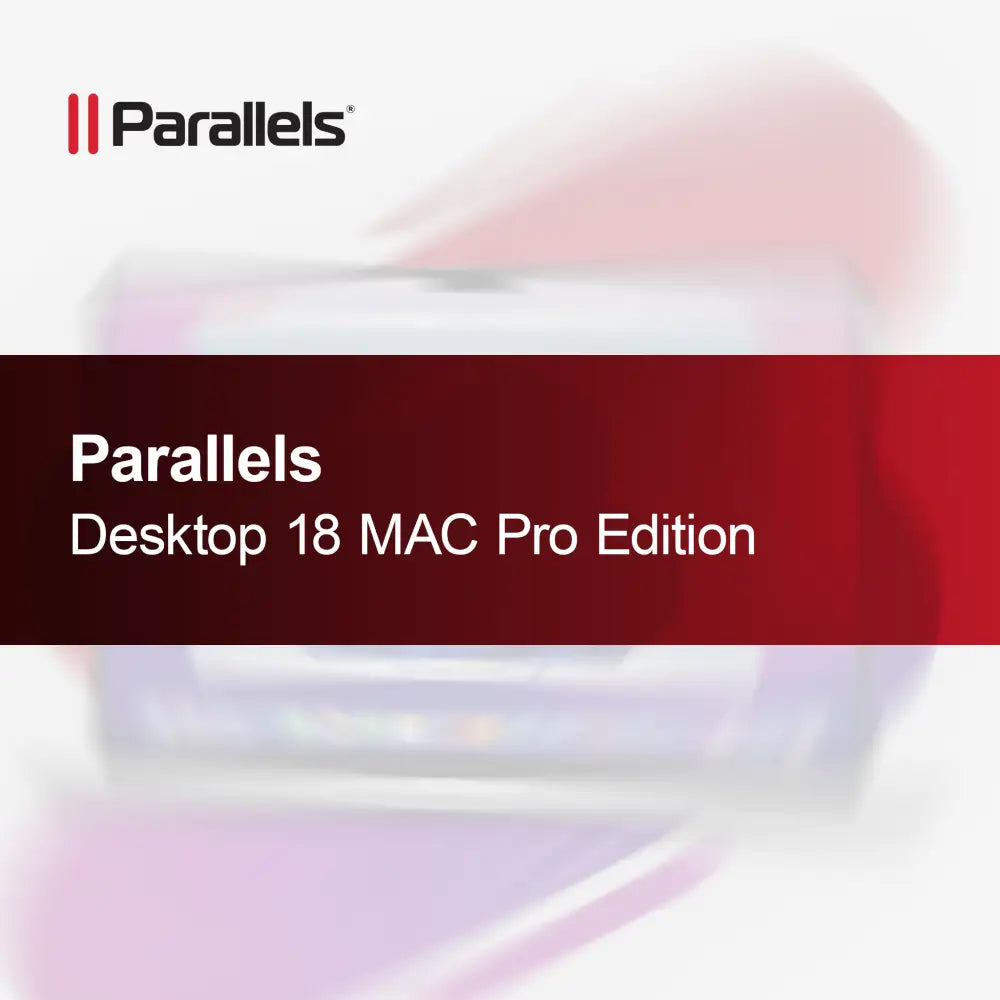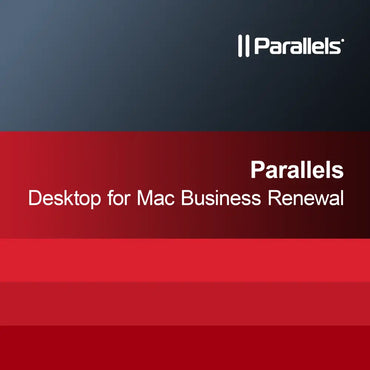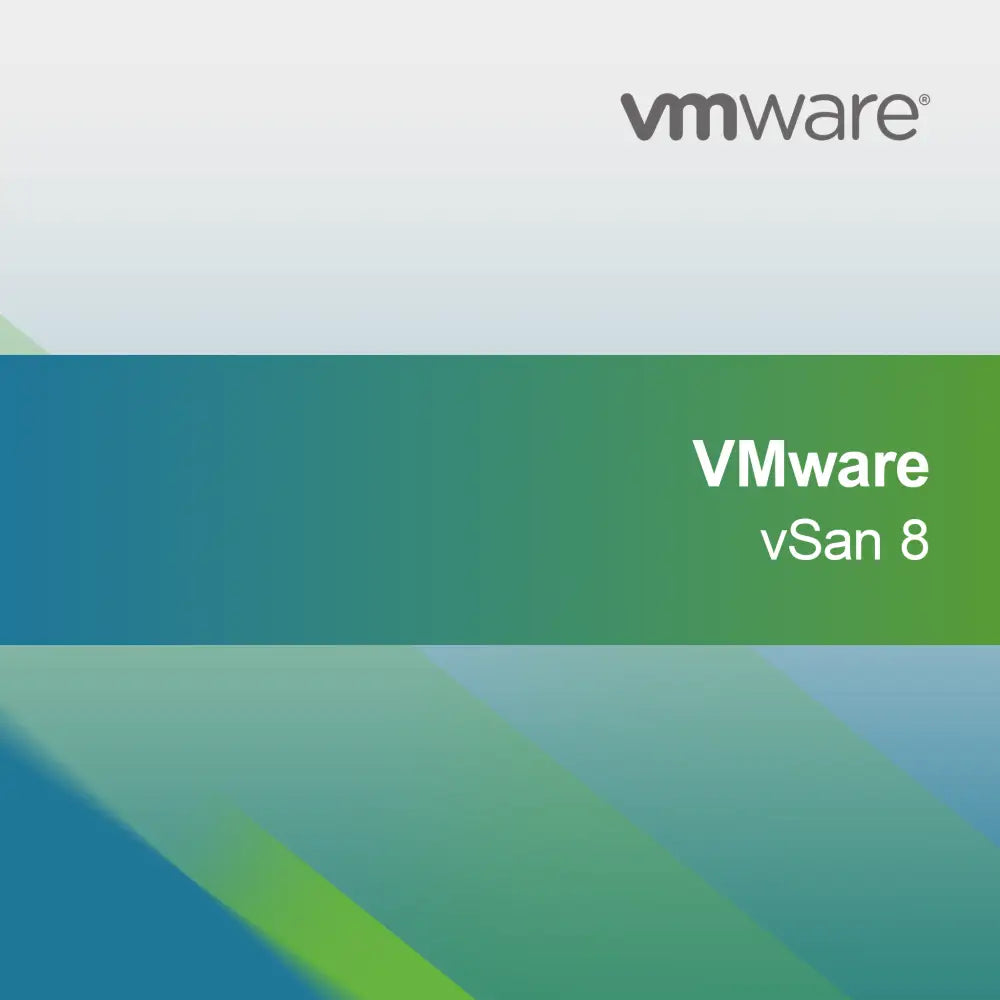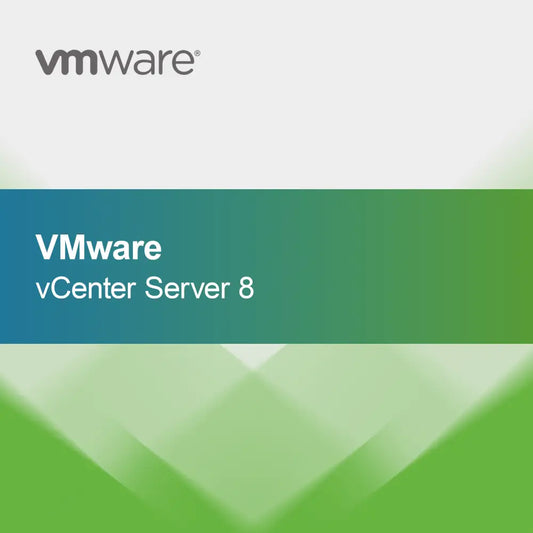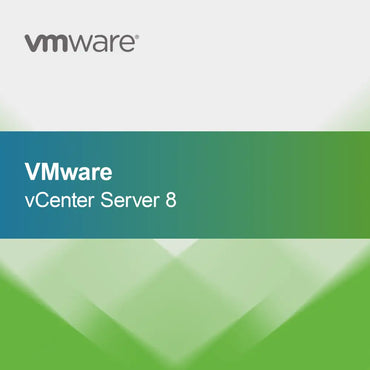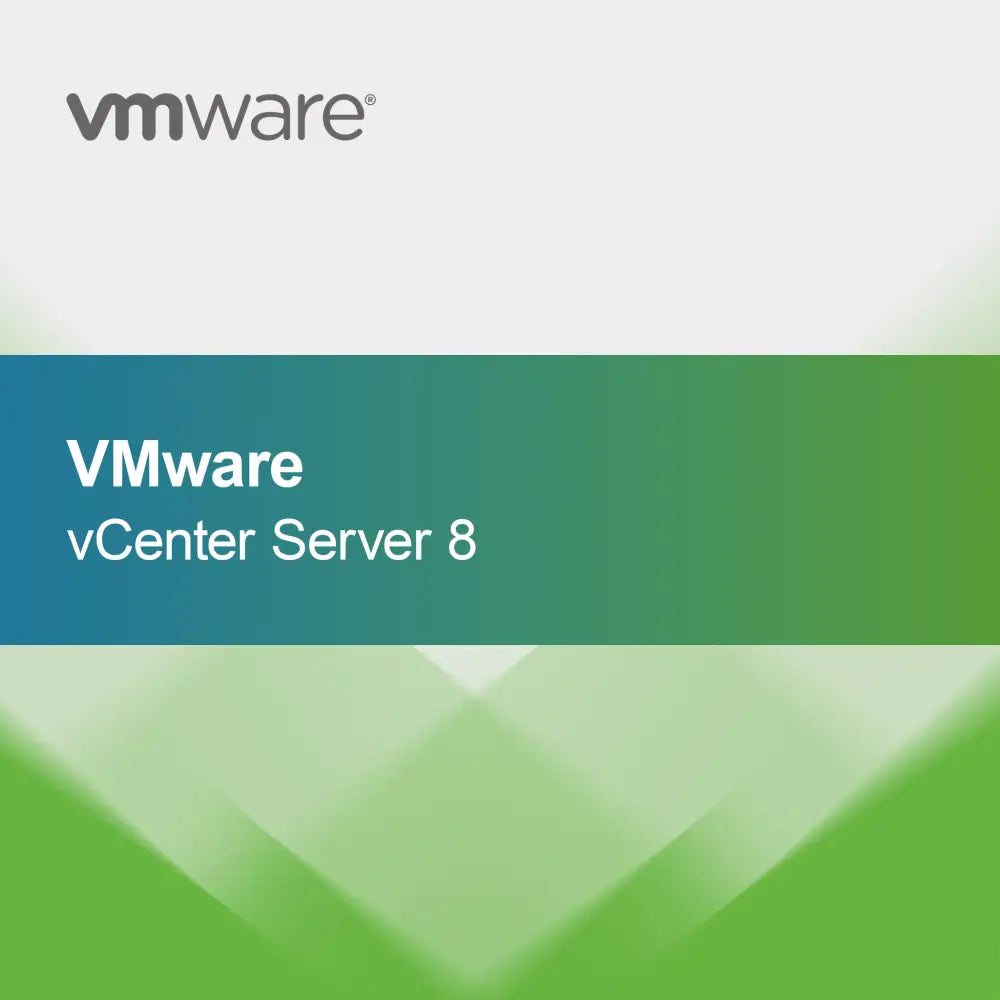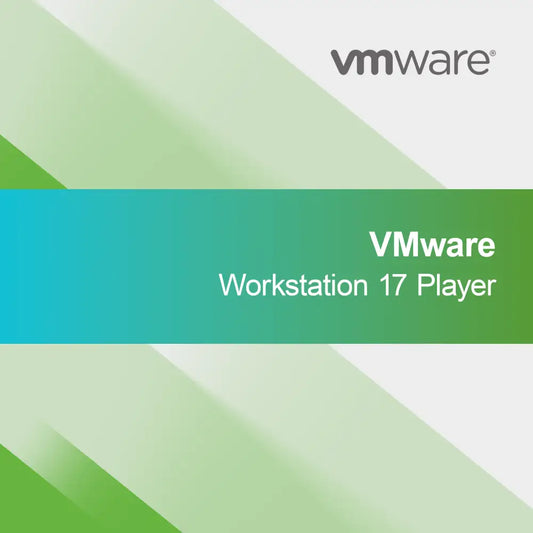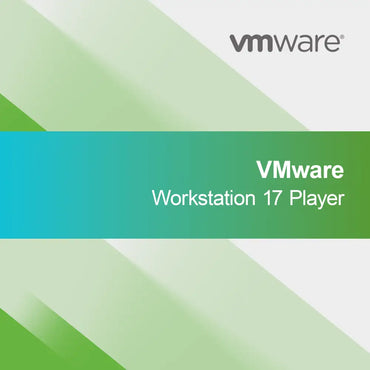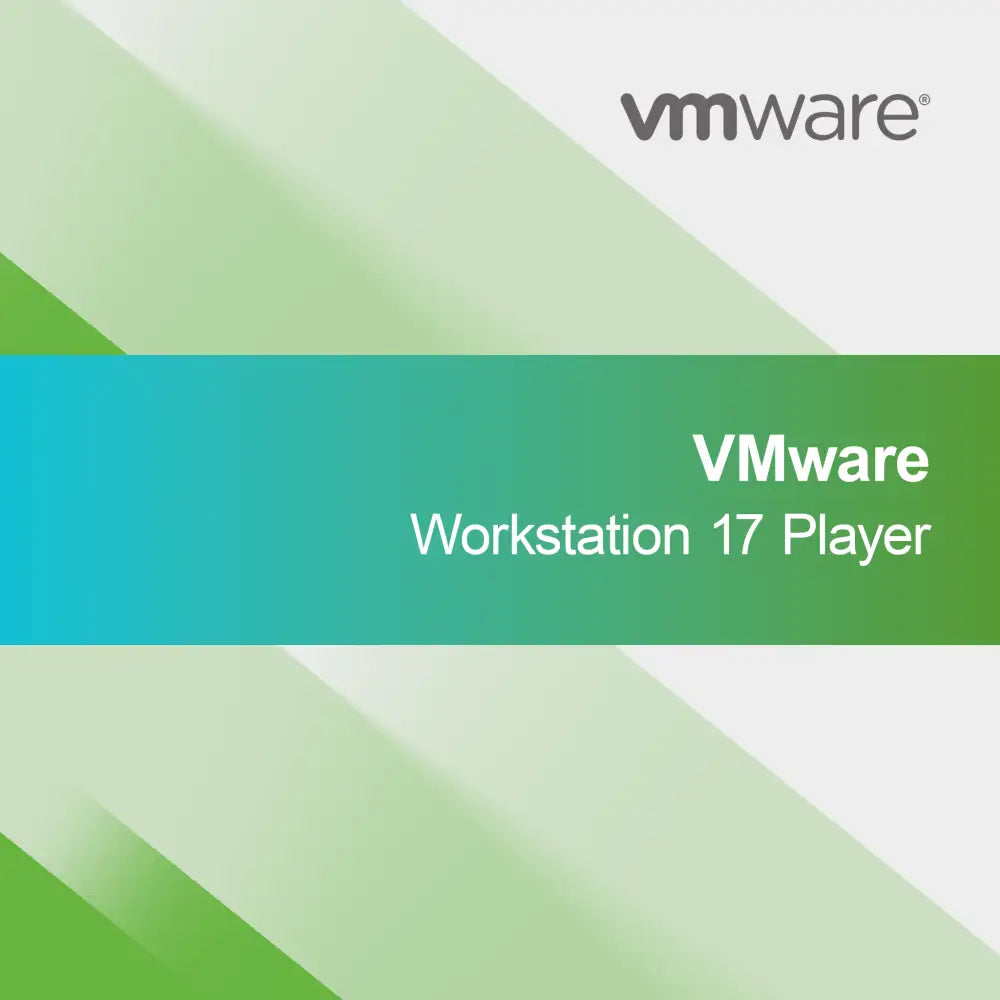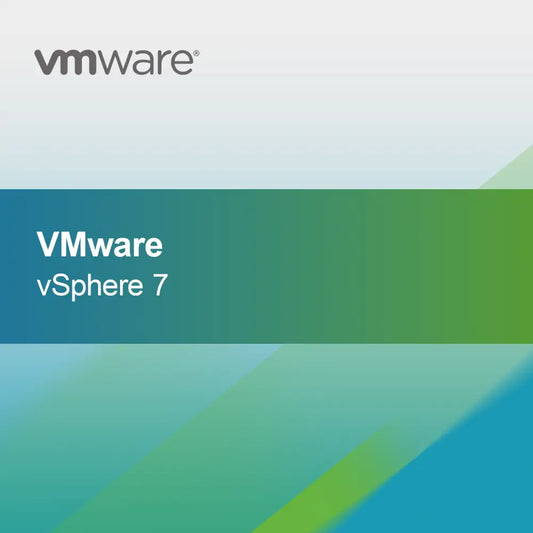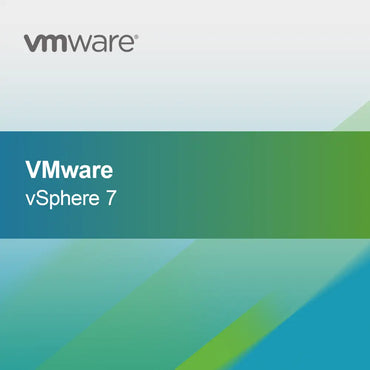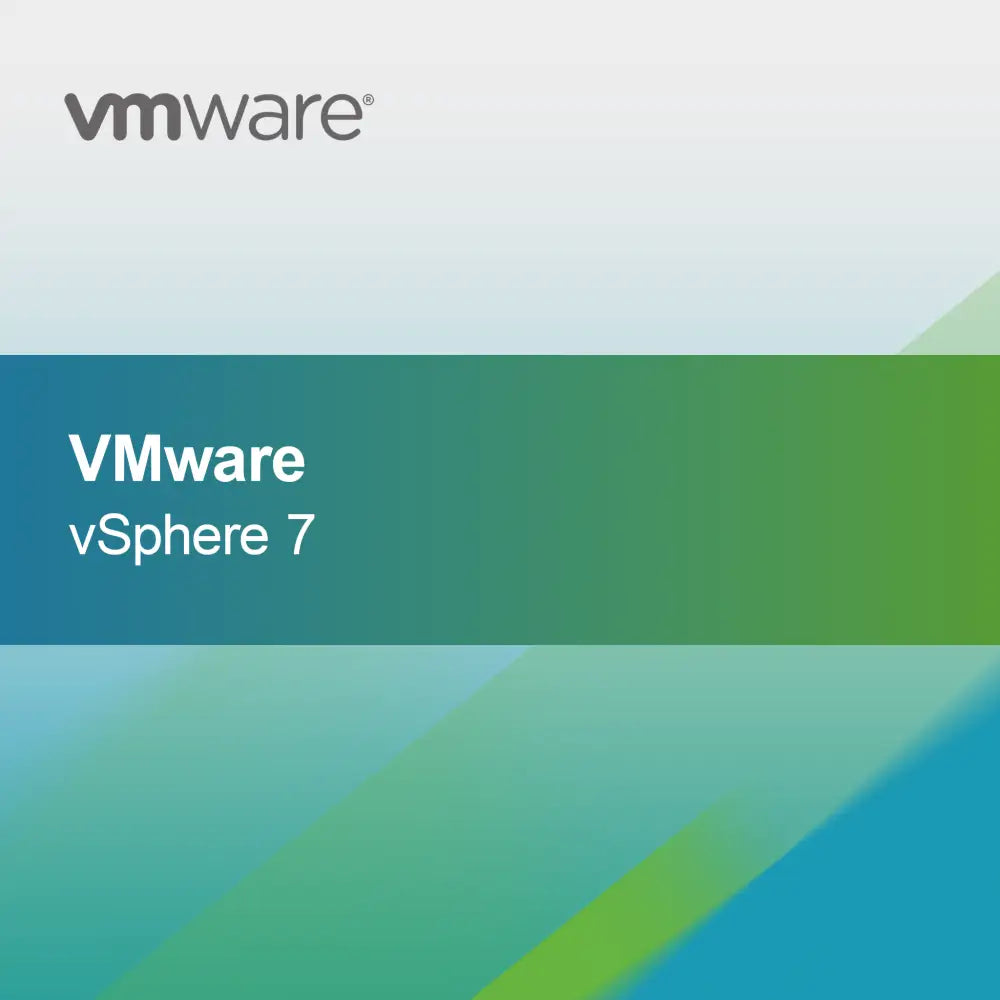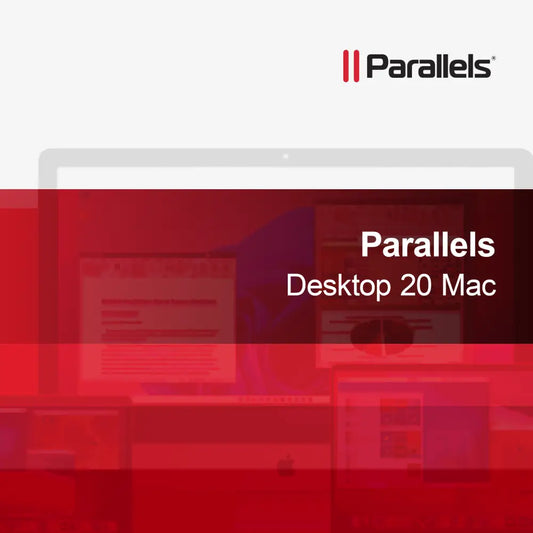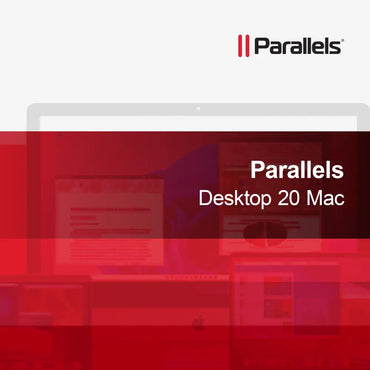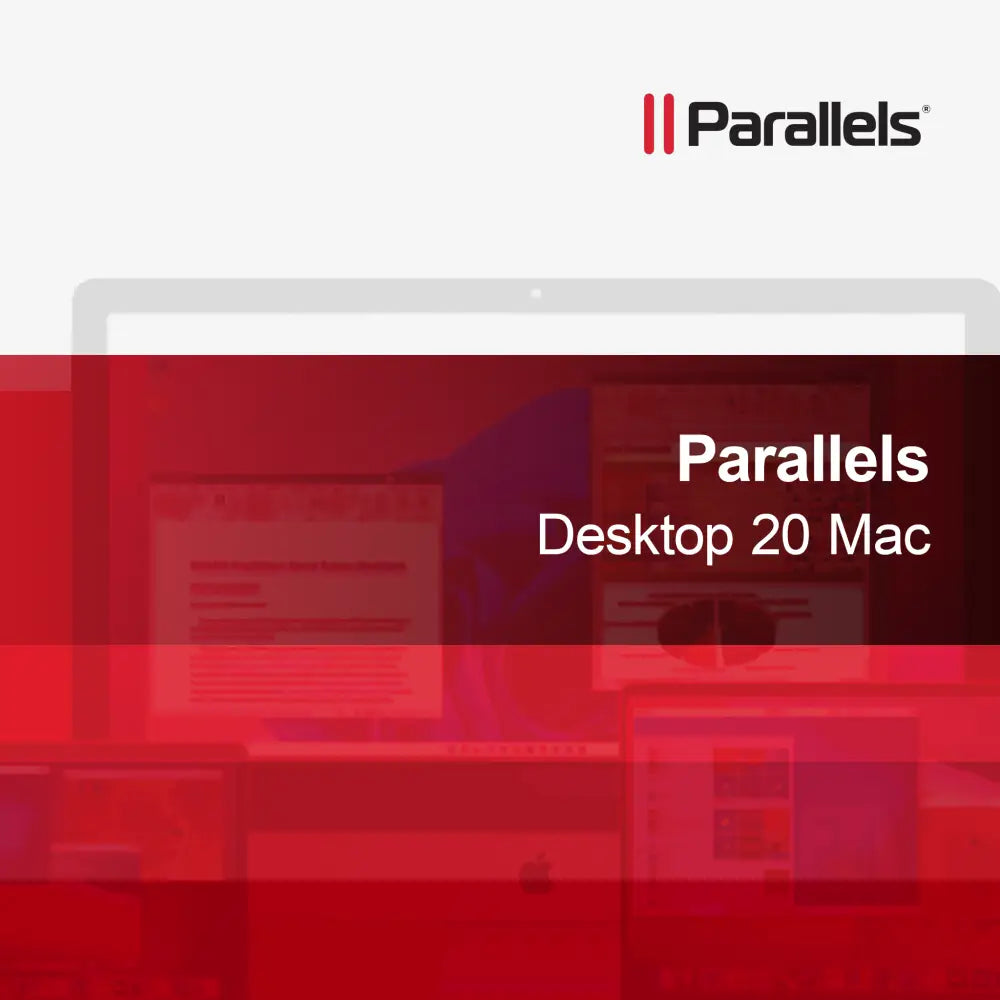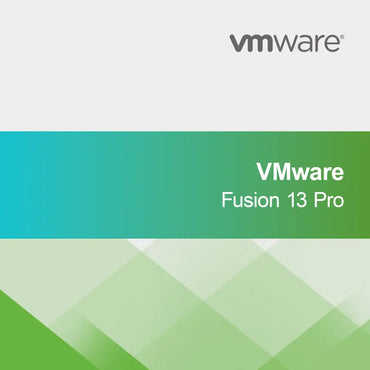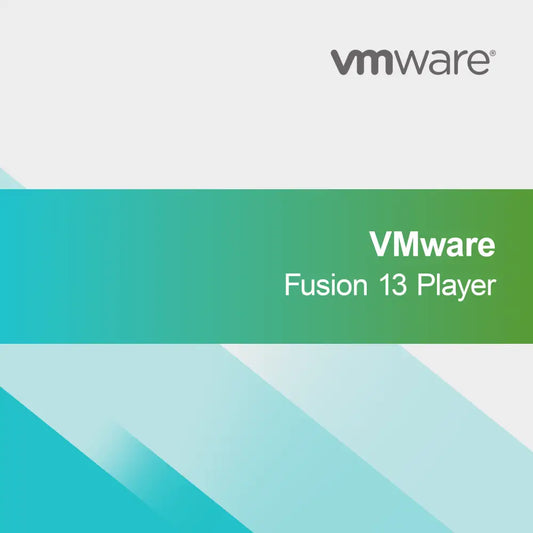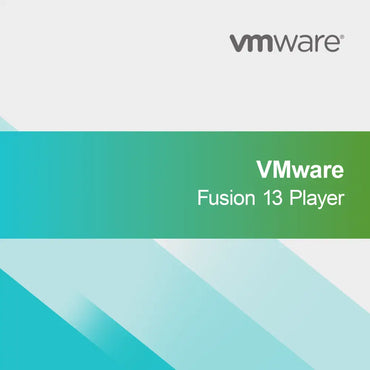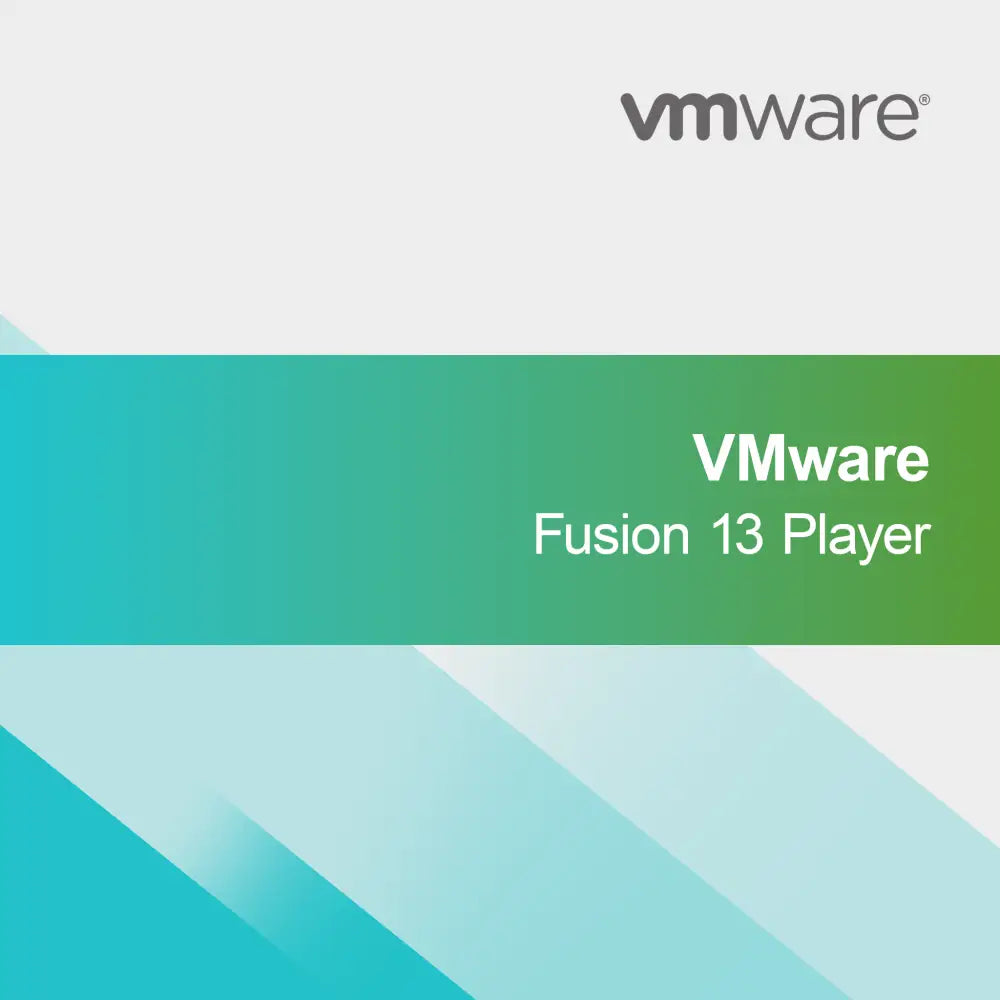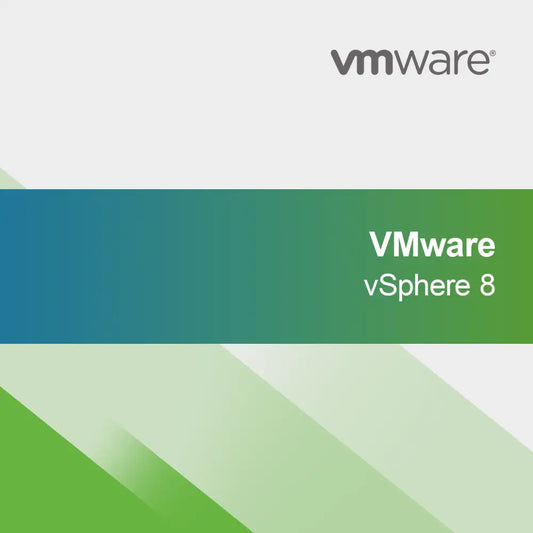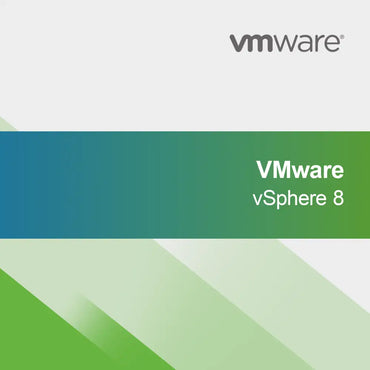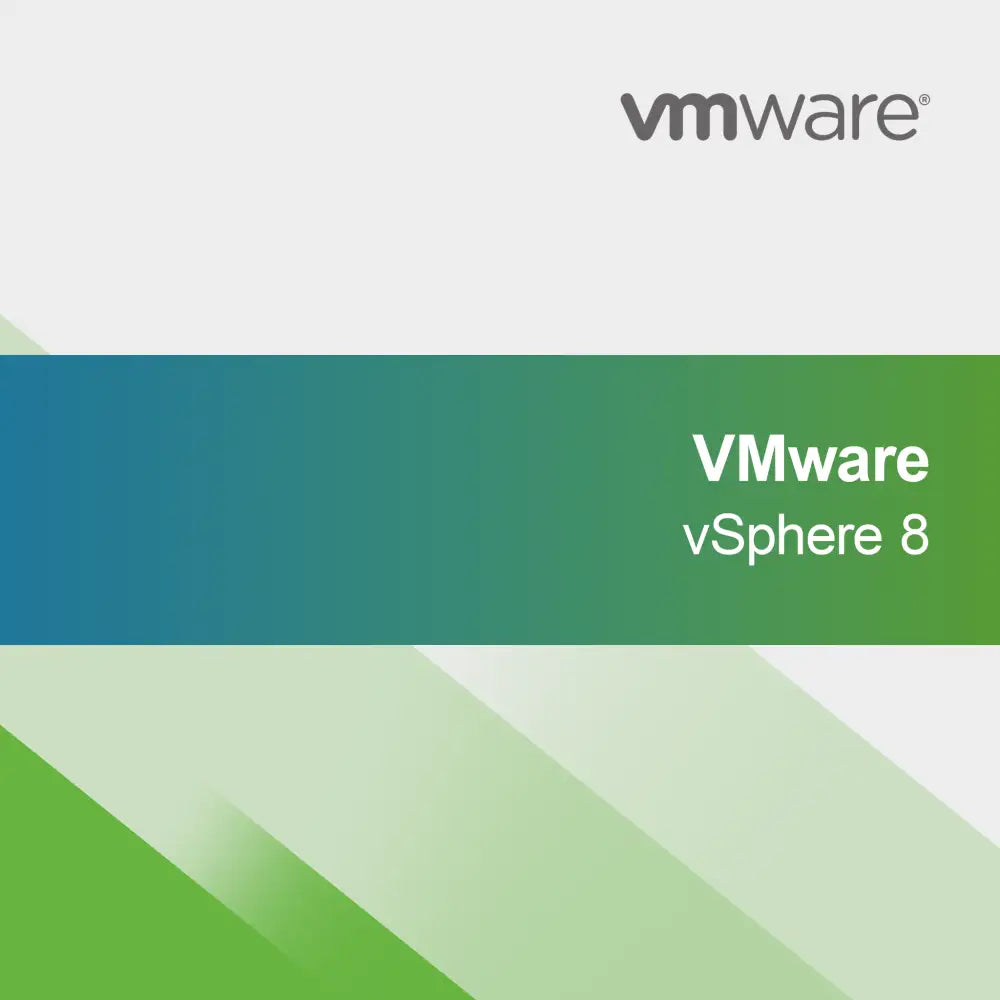-
Parallels Desktop for Mac Business
Regular price From £79.00Sale price From £79.00 Regular priceUnit price perParallels Desktop for Mac Business With Parallels Desktop for Mac Business, you can use Windows programs directly on your Mac without needing to restart the computer....
-
VMware Thinapp Enterprise 5
Regular price £27.00Sale price £27.00 Regular priceUnit price perVMware ThinApp Enterprise 5 With the license key for VMware ThinApp Enterprise 5, you get a powerful solution for application virtualization that helps you securely isolate...
-
Parallels Desktop 20 Pro Mac
Regular price From £76.00Sale price From £76.00 Regular priceUnit price perParallels Desktop 20 Pro for Mac With Parallels Desktop 20 Pro, you can easily run Windows and other operating systems on your Mac. Benefit from the...
-
Parallels Desktop for Mac Business Renewal
Regular price From £80.00Sale price From £80.00 Regular priceUnit price perParallels Desktop for Mac Business Renewal Renew your license for Parallels Desktop for Mac easily and benefit from powerful virtualization software that allows you to run...
-
VMware vSan 8
Regular price £2,361.00Sale price £2,361.00 Regular priceUnit price perVMware vSAN 8 With VMware vSAN 8, you get a powerful and flexible storage solution specifically designed for virtualized VMware environments. Benefit from seamless integration into...
-
VMware vCenter Server 8
Regular price From £1,337.00Sale price From £1,337.00 Regular priceUnit price perVMware vCenter Server 8 With the license key for VMware vCenter Server 8, you get a powerful solution for centralized control of your virtual machines and...
-
VMware Workstation 17 Player
Regular price From £72.00Sale price From £72.00 Regular priceUnit price perVMware Workstation 17 Player With VMware Workstation 17 Player, you can effortlessly create and manage virtual machines. The intuitive user interface makes it easy for both...
-
VMware vSphere 7
Regular price From £353.00Sale price From £353.00 Regular priceUnit price perVMware vSphere 7 With VMware vSphere 7, you get a powerful virtualization platform specifically designed for the demands of modern data centers. Benefit from a flexible...
-
Parallels Desktop 20 Mac
Regular price From £45.00Sale price From £45.00 Regular priceUnit price perParallels Desktop 20 for Mac With Parallels Desktop 20 for Mac, you can easily use Windows and other operating systems on your Mac. Experience seamless integration...
-
VMware Fusion 13 Pro
Regular price From £85.00Sale price From £85.00 Regular priceUnit price perVMware Fusion 13 Pro With VMware Fusion 13 Pro, you can effortlessly create and manage virtual machines on your Mac to use different operating systems simultaneously...
-
VMware Fusion 13 Player
Regular price From £81.00Sale price From £81.00 Regular priceUnit price perVMware Fusion 13 Player With VMware Fusion 13 Player, you can effortlessly create and run virtual machines on your Mac. The intuitive user interface allows you...
-
VMware vSphere 8
Regular price From £443.00Sale price From £443.00 Regular priceUnit price perVMware vSphere 8 With VMware vSphere 8, you get a powerful platform to manage your virtualization environment easily and efficiently. This software is specially designed for...
Virtualization
What is virtualization and how does it work?
Virtualization is a technology that allows multiple virtual machines to run on a single physical server. These virtual machines can run different operating systems and applications as if they were standalone computers. By abstracting the hardware, resources can be used more efficiently, leading to better utilization and cost reduction. Virtualization is especially important in data centers and cloud services, as it offers flexibility and scalability.
What advantages does virtualization offer?
Virtualization brings numerous advantages, including improved resource utilization, lower hardware costs, and simplified management. By enabling multiple virtual machines to run on a single server, companies can optimize their IT infrastructure. Additionally, virtualization allows for faster application deployment and easier system backup and recovery. These efficiency improvements help reduce operating costs and increase IT agility.
What types of virtualization are there?
There are different types of virtualization, including server virtualization, desktop virtualization, and application virtualization. Server virtualization divides physical servers into multiple virtual servers. Desktop virtualization allows users to access virtual desktops, while application virtualization delivers applications from a central server. Each type has its own use cases and advantages, which can be selected based on the requirements of a company.
What should I consider when implementing virtualization?
When implementing virtualization, it is important to consider the specific requirements of your company. This includes selecting the right virtualization software, planning hardware resources, and considering security aspects. A thorough analysis of the existing infrastructure can help identify potential challenges. Additionally, training for IT staff should be planned to ensure that the new systems can be managed efficiently.
- Optimization of resource utilization through virtualization
- Cost reduction through reduced hardware requirements
- Facilitated backup and recovery of systems
How can I ensure security in virtualized environments?
Security in virtualized environments requires special attention. It is important to implement security policies that cover both the virtual machines and the underlying hardware. Regular updates and patches are crucial to close security vulnerabilities. Additionally, network security measures such as firewalls and intrusion detection systems should be used to protect the integrity of the virtual environment. A comprehensive security strategy is essential to minimize risks.
How does virtualization differ from containerization?
Virtualization and containerization are two different approaches to application isolation. While virtualization creates full virtual machines that require their own operating system, containerization allows applications to run in isolated environments that share an operating system. Containers are generally lighter and faster to start, making them ideal for microservices architectures. The choice between the two technologies depends on the specific requirements and infrastructure of a company.
What system requirements are necessary for virtualization?
To effectively utilize virtualization, the hardware should have sufficient resources. This includes a powerful processor with virtualization support, at least 8 GB of RAM, and enough storage space for the virtual machines. A fast network connection is also important to ensure communication between the virtual machines and the users. Check the hardware requirements of the chosen virtualization software to ensure a smooth implementation.







